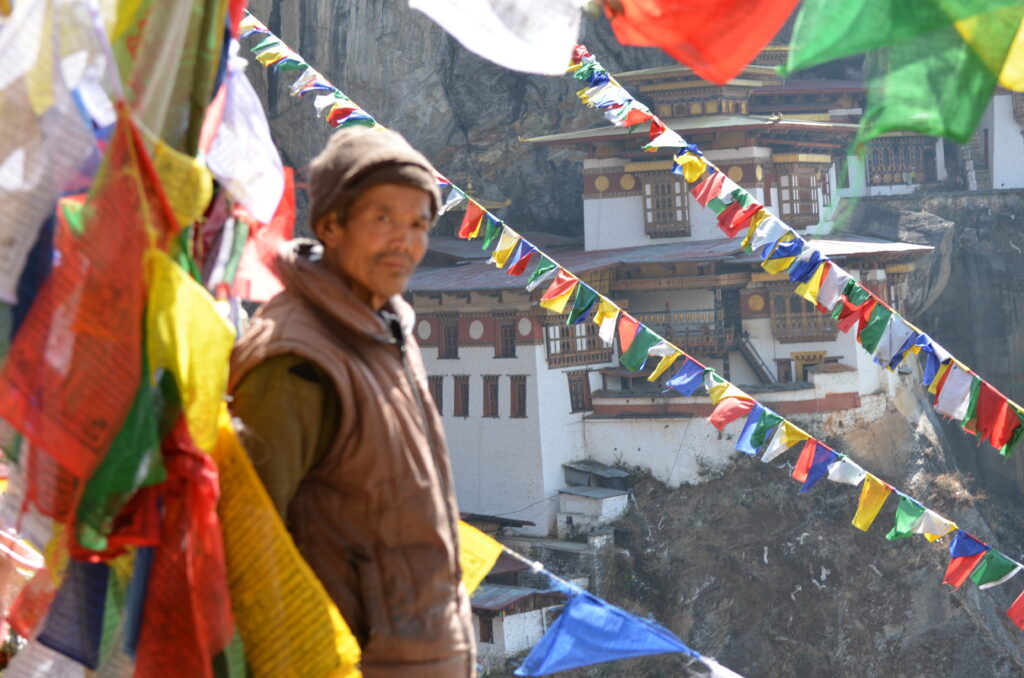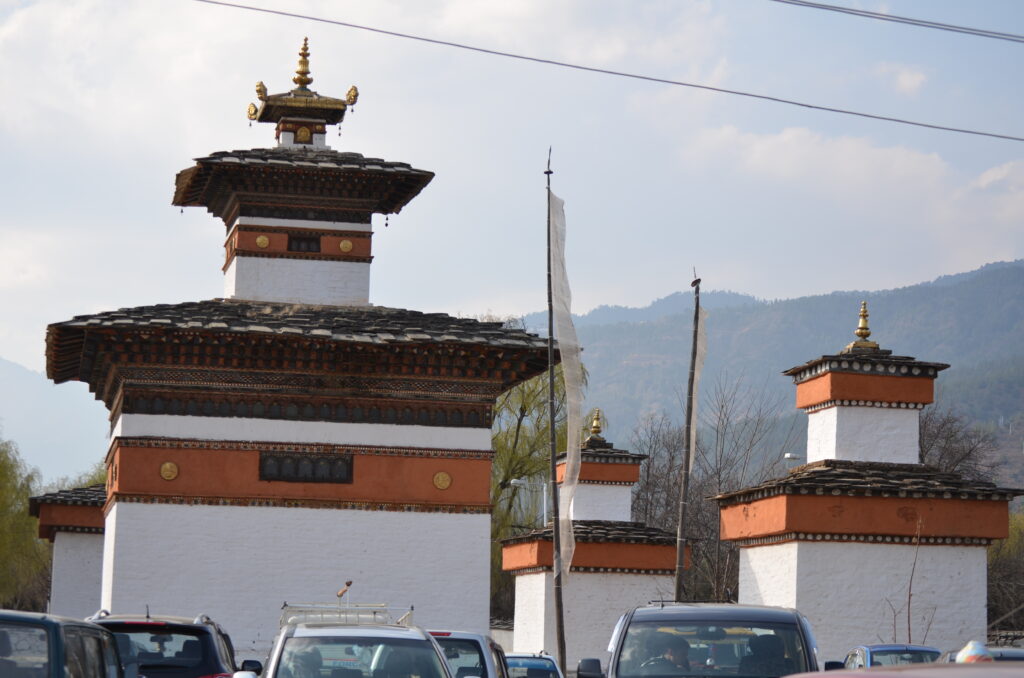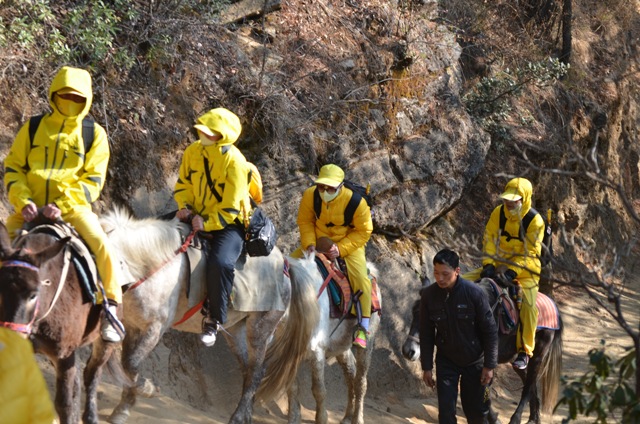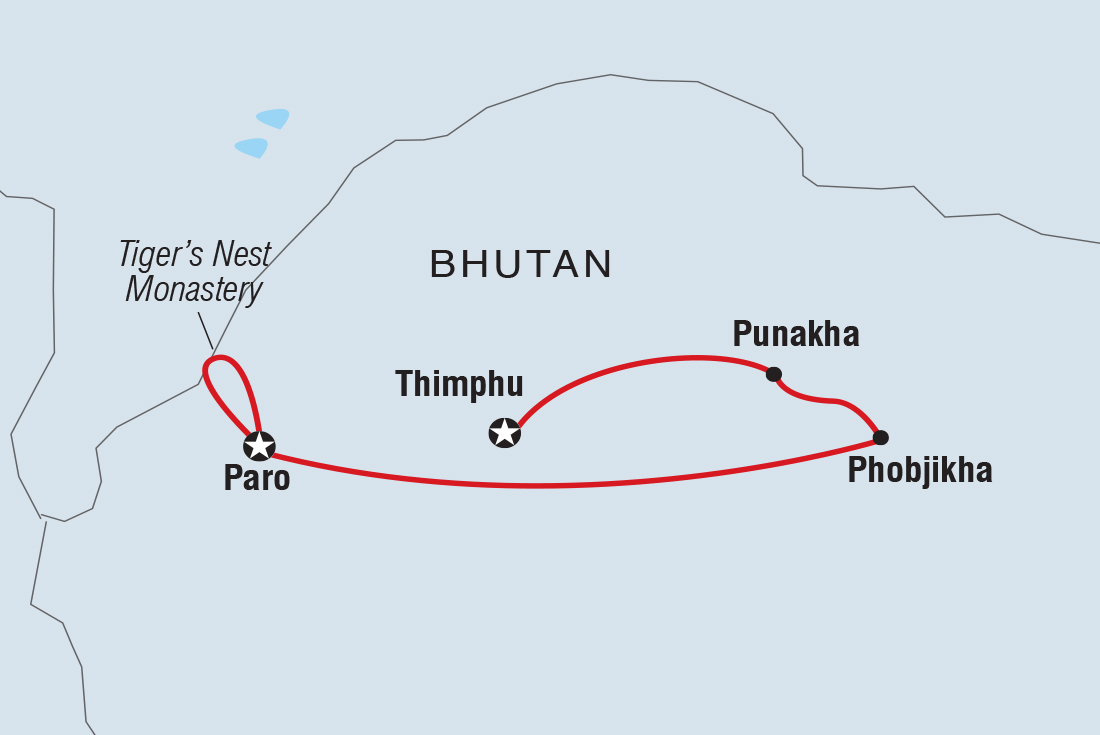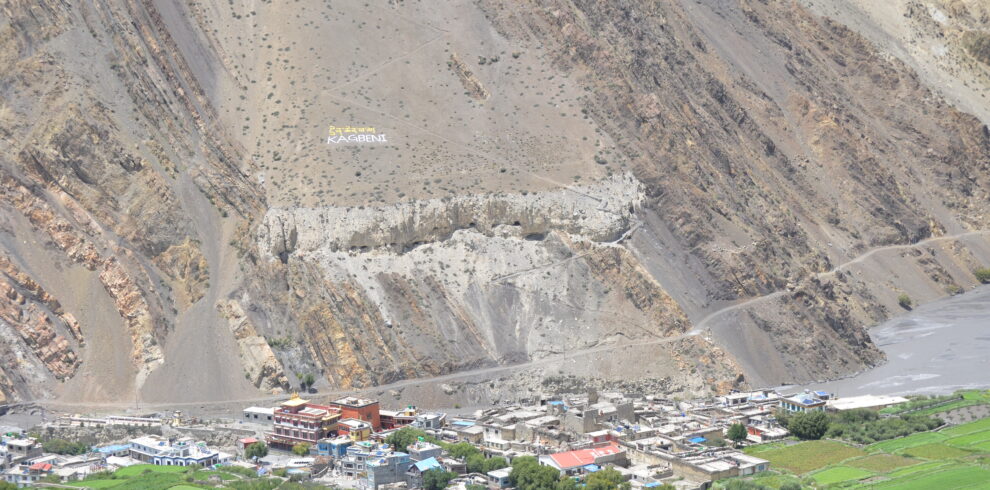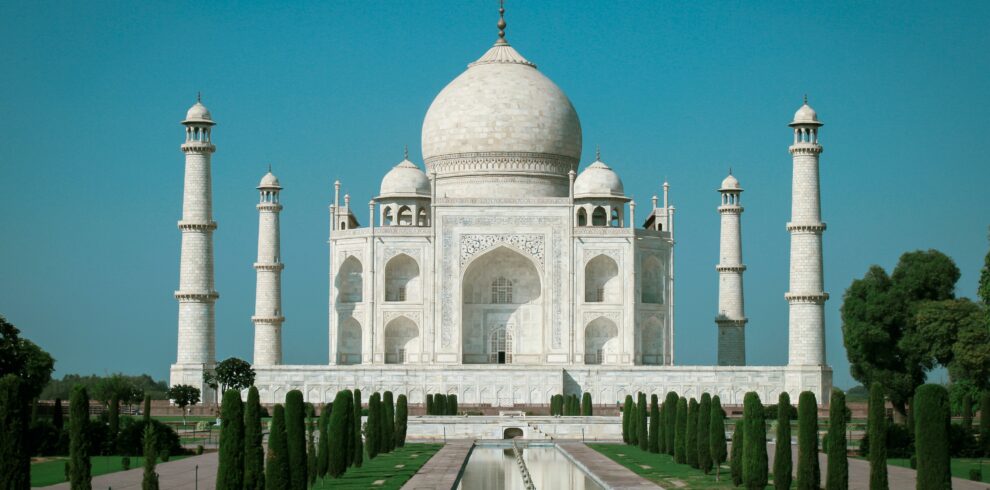THIMPHU, PUNAKHA & PARO
Overview
Nestled in the folds of the Eastern Himalayas, remaining in self-imposed isolation for centuries, Bhutan opened up to the world in a glacial pace. The population lived in close harmony with nature, evolving a unique identity, derived largely from a rich religious and cultural heritage.This country of 700,000 people, roughly the size of Switzerland, is the world’s only Mahayana Buddhist country. The Buddhist respect for all sentient beings helped Bhutan protect its pristine ecology and wildlife. This self-sufficient population was never colonized and had limited contact to the outside world. Buddhism was established in the 8th century by the Indian saint Padmasambhava, popularly known in the Tantric tradition as Guru Rinpoche. Perhaps the most dynamic era in Bhutanese history came in the 17th century with the arrival, in 1616, of ZhabdrungNgawangNamgyal, the great leader of the Drukpa school of Mahayana Buddhism. He unified the country and established the foundations for national governance and the Bhutanese identity.
CLOSING DAYS OF SOME MONUMENTS MENTIONED IN ITINERARY:
Ta Dzong – Paro (National Museum): closed on Government Holidays
National Library – Thimphu:Closed on Saturday, Sunday& on Government holidays
Textile Museum – Thimphu: Closed on Government Holidays & on Sunday. On Saturday, it open from 9.00 AM to 4 PM
Institute of ZorigChusum (Arts & Crafts School) – Thimphu: Closed on Sunday& Government holidays. On Saturday, it open from 10 AM to 12 o’clock. Also closed in winter (from December – early March).
Simply Bhutan – Thimphu: Closed on Sunday& on Government holidays
Tiger’s Nest Monastery – Paro: Closed on all Tuesdays
Folk Heritage Museum:Closed on all Sunday & on government holidays
Trip Highlights
- Two days visit Paro City
- One of the must visited place "Tiger Nest" Taksang
- Two days Thimpu visit Capital of Bhutan
- Two days Punakha city visit
